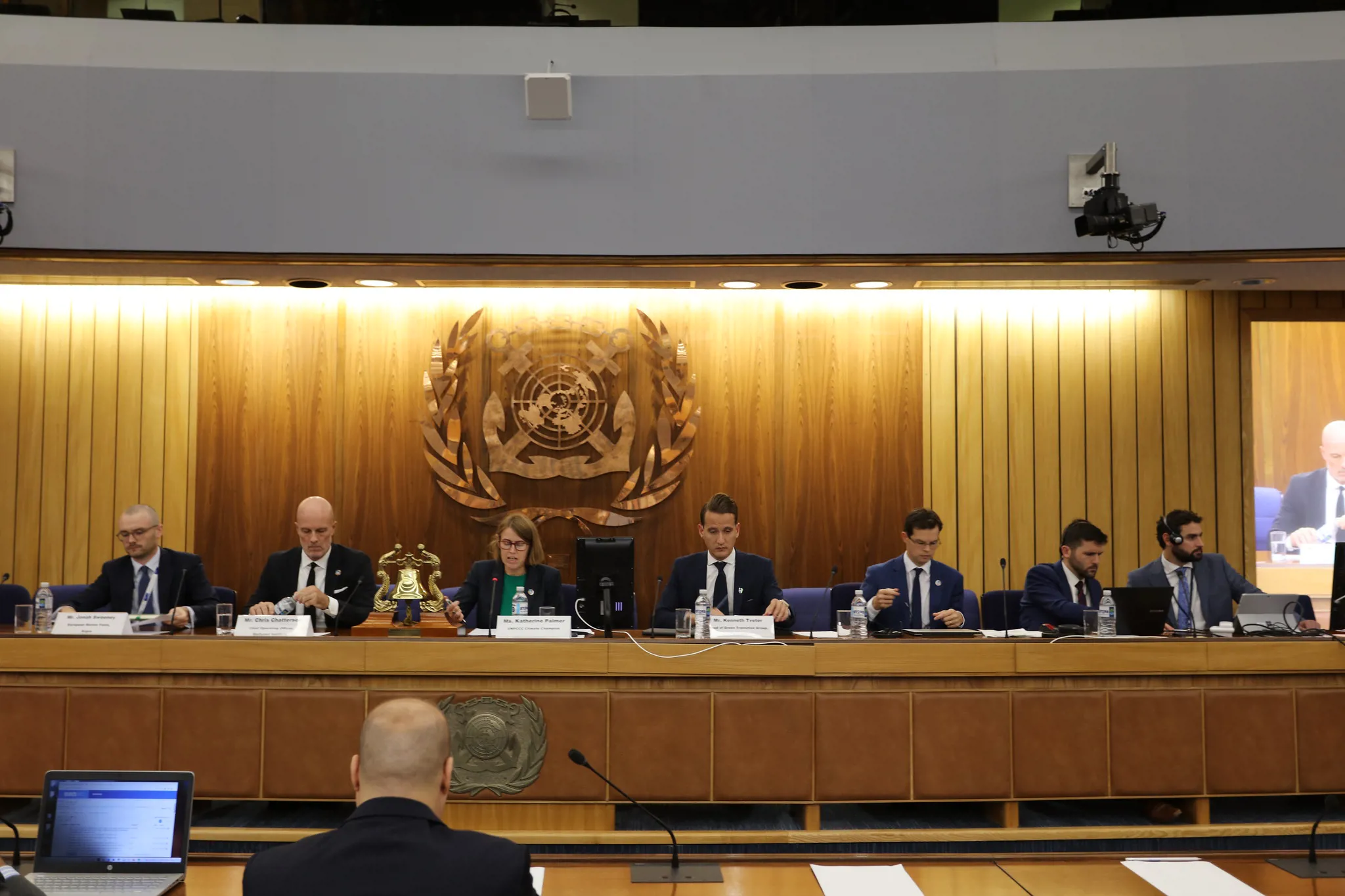
Future of Offshore Energy Fireside Chat
Join experts from across our offshore and green transition teams to discuss the future of offshore energy industry, in this online webinar. Register now.
The Carbon Intensity Indicator (CII) is an operational measure adopted by the IMO describing the CO2 emission intensity of a vessel. CII will determine the maximum steaming speed for large parts of the global fleet. From 2023 and onwards, the maximum sailing speed of a ship will likely need to reduce each year in order to comply with regulation. By mapping CII exposure, we can help shipowners and charterers with CII reporting to better understand if speed reduction is a viable option for compliance, or if alternative measures are needed.
Speak to our specialistsof the fleet will be ‘unfit’ by 2023
IMO’s shipping emissions reduction target between 2008 and 2030
Regulation applies to ships above 5000 GT and will need an approved enhanced Ship Energy Efficiency Management Plan (SEEMP)
CII can limit operational flexibility, reduce charter options and create a drop in asset value. In order to maximise upside potential and minimise downside risk, it is important that CII calculations are accurately conducted and that there is precise understanding of the relationship between speed and CII. Inaccurate modelling can under and overestimate the sailing speed potential.
Clarksons proprietary CII modelling tool provides significantly greater accuracy than conventional modelling. Your bespoke tool will provide instant CII ratings to optimise vessel deployment, analyse voyages and compare vessels. You’ll achieve greater confidence in your vessel’s speed potential and value, and, maximise the utilisation and value of your existing fleet for as long as possible.
Download overviewThe CII Assessment modelling tool is completely tailored to your fleet and voyages and provides a hands-on accurate tool that can be used on an ongoing basis, rather than a one-off consultancy piece. Get in touch with the team today to arrange a demonstration.
Get in touchThe Clarksons Green Transition team has developed a breakthrough speed-CII modelling tool addressing sailing speeds' impact on CII. It has demonstrated that many of the traditional methodologies being relied upon for decision-making are inaccurate.
Here's why
Join experts from across our offshore and green transition teams to discuss the future of offshore energy industry, in this online webinar. Register now.

It is undisputable that we need to drive a lower carbon future. Kenneth Tveter, Head of Clarksons Green Transition team provides his thoughts on how the industry can best achieve this with the resources we have at hand.

With a record share of newbuild orders in Q1 alternative fuelled, this week’s Analysis, extracted from our upcoming Fuelling Transition report, tracks progress in the shipping industry’s vital decarbonisation journey.